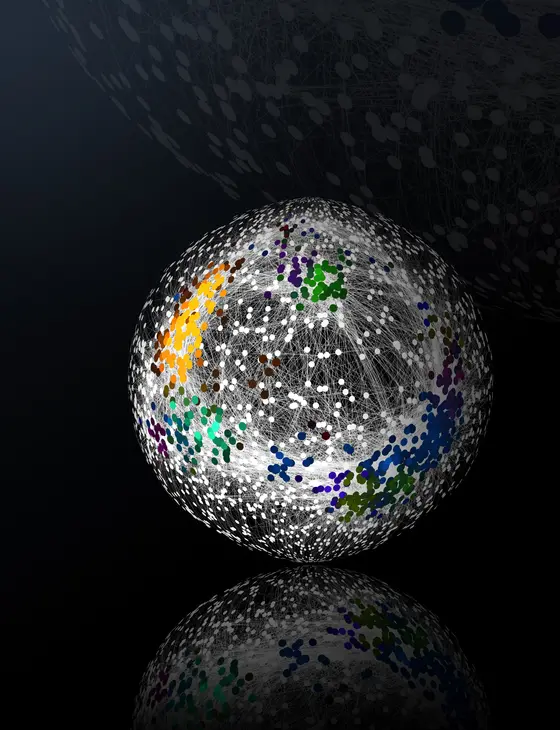The DNA of cancer cells harbors numerous mutations that cannot be found in healthy body cells. The altered genes enable the cancer to grow and spread. Since the disease is reliant on these alterations, the affected genes or the proteins transcribed from them are interesting targets for new therapies. And since cancer cells respond to these attacks much more sensitively than healthy cells, therapies of this kind might selectively kill only the mutated cells while causing little or no harm to healthy cells.
However, past experience shows: “Cancer cells often develop resistance against therapies that target only a single gene – or a single gene product,“ reports Michael Boutros from the German Cancer Research Center (DKFZ) in Heidelberg. “They often manage to evade the effects of therapy and find other ways.“ His colleague, Benedikt Rauscher, adds: “In addition, sometimes a cancer gene that would be interesting for therapy is particularly difficult or impossible to attack.“ The solution to these problems lies in the interplay of genes: “Most genes do not act in isolation but rather in networks with many other genes. They enhance, attenuate or completely neutralize each other's actions,“ says Boutros. A therapy that targets not just one specific cancer gene but rather interferes with whole networks would be less easy for cancer cells to evade.
In order to unravel the networks of genes and to show which genes are connected with each other, the team led by Boutros has developed a new computer algorithm. It enables researchers to generate exact maps of genetic interactions in human cancer cells – and, thus, to identify possible therapeutic targets. A special advantage of this approach: “Using our algorithm, we can integrate data originating from many different places all over the world,“ Rauscher said. “The more data we integrate, the more exact our genetic interaction maps get.“ The first map generated by the Heidelberg researchers is based on 85 high-throughput screens conducted by laboratories all around the world in many different cancer cell lines. The scientists used the CRISPR/Cas9 molecular scissors which can cut and change DNA at an exact site. Using this genome editing method, the scientists knocked out, one by one, each gene in the cancer cells and then observed how the other genes reacted.
In this large dataset, Boutros and his colleagues found known connections as well as new dependencies among genes that are relevant in the development of cancer. “Additionally, we found that our interaction maps also enable us to identify molecules that play an important role in certain types of cancer,“ Boutros reports. In their current study, the scientists have discovered that two genes called GANAB and PRKCSH control the release of so-called Wnt signals. These signals can stimulate neighboring cancer cells to grow – a process that plays an important role particularly in pancreatic and colorectal cancers.
Benedikt Rauscher, Florian Heigwer, Luisa Henkel, Thomas Hielscher, Oksana Voloshanenko and Michael Boutros. Toward an integrated map of genetic interactions in cancer cells. Mol Syst Biol 2018; DOI: 10.15252/msb.20177656
